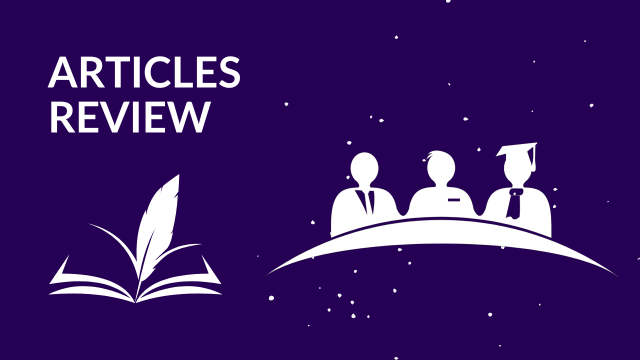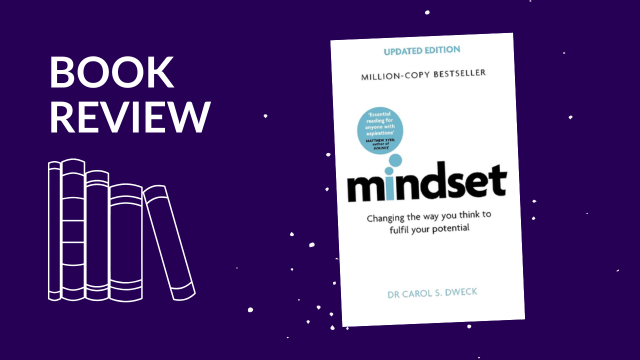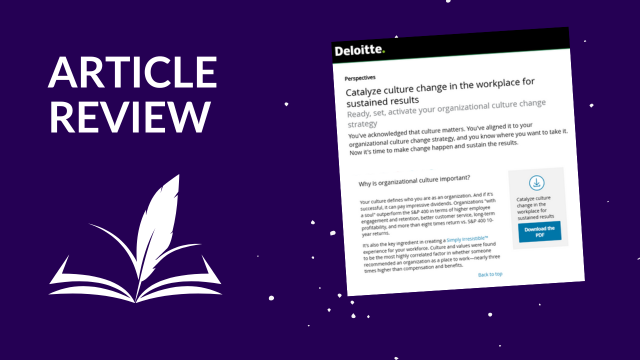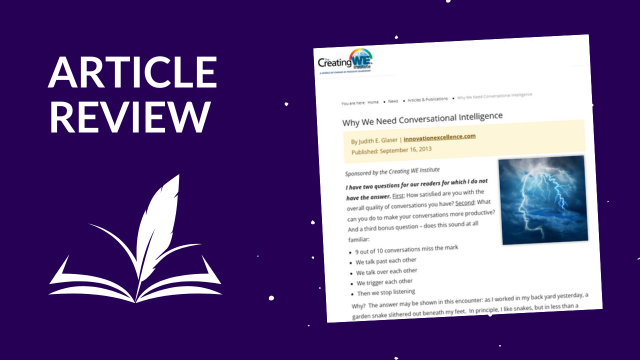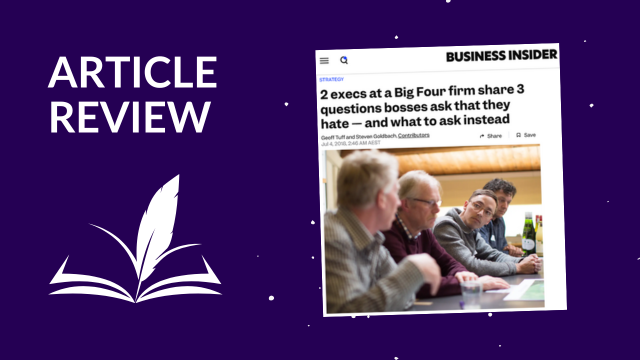In Part I of this article series, we looked at an article by Rosalie Kuyvenhoven and W. Christian Buss that provided three “practice gems” for change management professionals related to middle managers. The gems offered very practical information that can be used to help:
- Outline an approach for working with middle management
- Coach top managers in how to work most effectively with those individuals who are responsible for leading business units to deliver the results of the strategic change
In the two articles reviewed in Part II, there is a narrower focus of the information—that of the role of middle managers in transacting information and the implications for successful change initiatives. How are we helping senior managers to understand and optimize the role of middle management? How many of us think of our middle managers as having information as their “occupational currency?” What are we doing with our middle managers to make a difference in outcomes from our own change initiatives? Let’s look to the researchers and their research for some helpful insights.
- Jones, Michael L. (2010) What do managers do during major organizational change? Proceedings of the 2010 IABR & ITLC Conference, The Clute Institute for Academic Research, Littleton, CO, pp. 1-16.
- Mantere, Saku. (2008) Role Expectations and Middle Manager Strategic Agency, Journal of Management Studies, Vol. 45, Issue 2, pp. 294–316.
Michael L. Jones explores the prescriptive nature of articles and studies on change management and how that advice translates in real life. He starts by looking at different models of organizational change over the past several decades, beginning with Kurt Lewin’s model in 1951. From there he looks at four selected empirical studies that explored how managers actually behave, including research by Rosabeth Moss Kanter and John Kotter, in order to derive an “inventory of change leader practices,” to include communicating, empowering, leading, risk-taking, planning, and decision-making. Jones then reports on his own research involving the plant manager and senior executive in charge of a steel processing plant to compare and summarize how well these practices align with the reality of a manager on-the-job– like the amount of time spent in one practice area.
Jones’ research revealed that the largest percentage of time (33%) a manager spends on the job is in the area of transacting information, which was not discussed in the change management literature he had previously reviewed. “Without doubt, managers spent more time transacting information, and engaged with it more frequently, than they did any other role. Jones observed managers receiving enormous amounts of information that they “stored internally. . . and . . .then distributed selectively.” Jones refers to information as the “occupational currency” of a manager’s job.
Given the concept of information as occupational currency, it is important for change professionals to evaluate their interactions with middle management and consider them as key political players in the overall scheme of implementing change. Middle managers should be involved directly in planning and communication efforts, providing valuable input as an informed conduit between the C-Suite and the employees who will be delivering results. Key messages should be documented, packaged and provided to managers for distribution to their staff. A middle management forum may be helpful as a vehicle for gathering stakeholder input and evaluating potential resistors who may block the access channel to employees eager for information and contributing to the overall effort.
(Related: 70 Years of Thought on Resistance – Part I)
Saku Mantere describes his analysis of over 260 interviews of middle managers in European professional services organizations in which he looks at the constraining effect of top management role expectations and the enabling conditions that would release middle managers to be more effective strategic agents. Mantere describes “strategic agency” as “ an individual’s capacity to have a perceived effect upon the individual’s own work on an issue the individual regards as beneficial to the interests of his or her organization.” From his research he identifies four primary role expectations and eight enabling factors related to the former. The table below summarizes the expectations and enabling conditions related to them.
| Role Expectation | Enabling Condition |
| Implementation (of strategy) | Narrating Contextualization Resource Allocation Respect |
| Facilitating Adaptability (of work activities to strategy) | Trust |
| Synthesizing Information (gather and distill relevant information) | Responsiveness |
| Championing Alternatives (of bottom-up ideas) | Inclusiveness Refereeing |
The author suggests that strategic role expectations be reciprocal in nature so that a dialogue is open between middle managers and senior management based on mutual respect for the role each group plays in realizing strategic goals. Mantere asserts that this manner of ongoing communication helps to remove the negative impact of the friction between the two parties while working to clarify the objectives and rationale of the proposed changes.
All of Mantere’s summary and commentary suggest the need to find ways to encourage storytelling and sharing among the organizational community during strategic change implementation. Recent years have seen a renewed emphasis on storytelling as a critical tool for both top and middle managers. Determination of strategy comes after a lengthy and deliberate thought process by senior managers. If they were able to narrate the who, what, when, where, and how of the change, managers may be able to provide a valuable contribution to the process by sharing C-Suite stories within their own organizational units, and adding their own story in the process.
(Related: Why Should Change Managers (re)consider Knowledge Management?)
There are two common threads of the articles in both Parts I and II of this Academic Insight™. The first is the growing recognition that middle managers play a significant role in successful change initiatives. The second is the necessity of top management to be clear, consistent and supportive of their middle management during change management initiatives through open dialogue, regular feedback and continually clarifying the reasons why change is part of the company’s strategy moving forward.
Do you know if your middle managers are undertaking the appropriate set of activities to assist in delivering intended results from an initiative? Are they being fully supported by senior management? What can you do to increase the effectiveness of middle manager participation and leadership during change?

